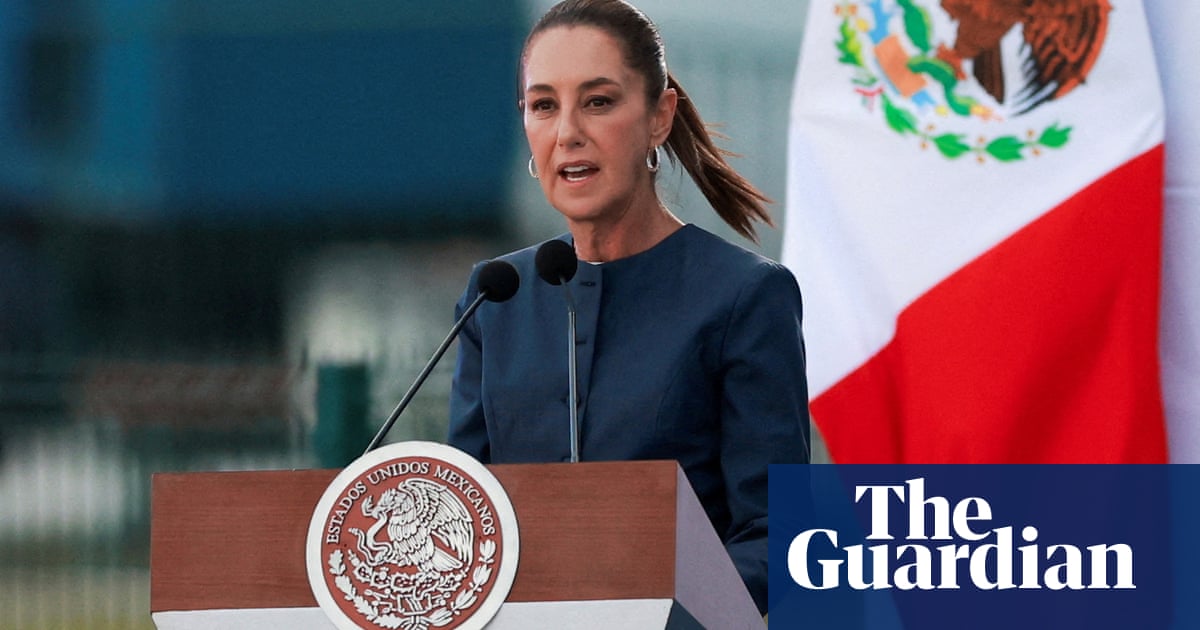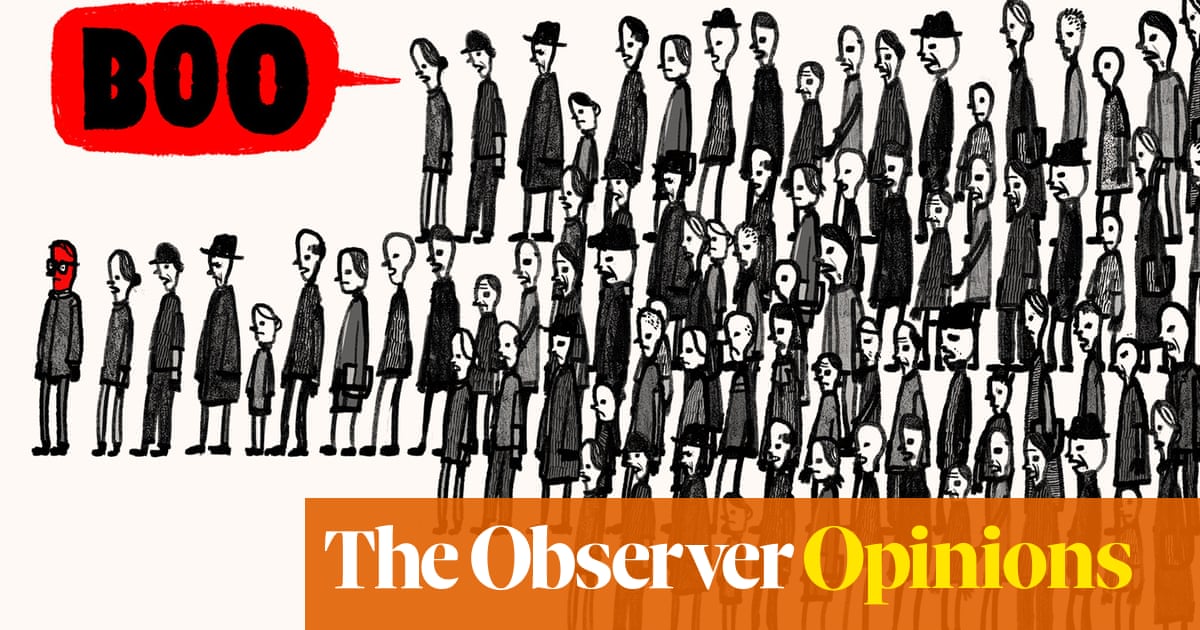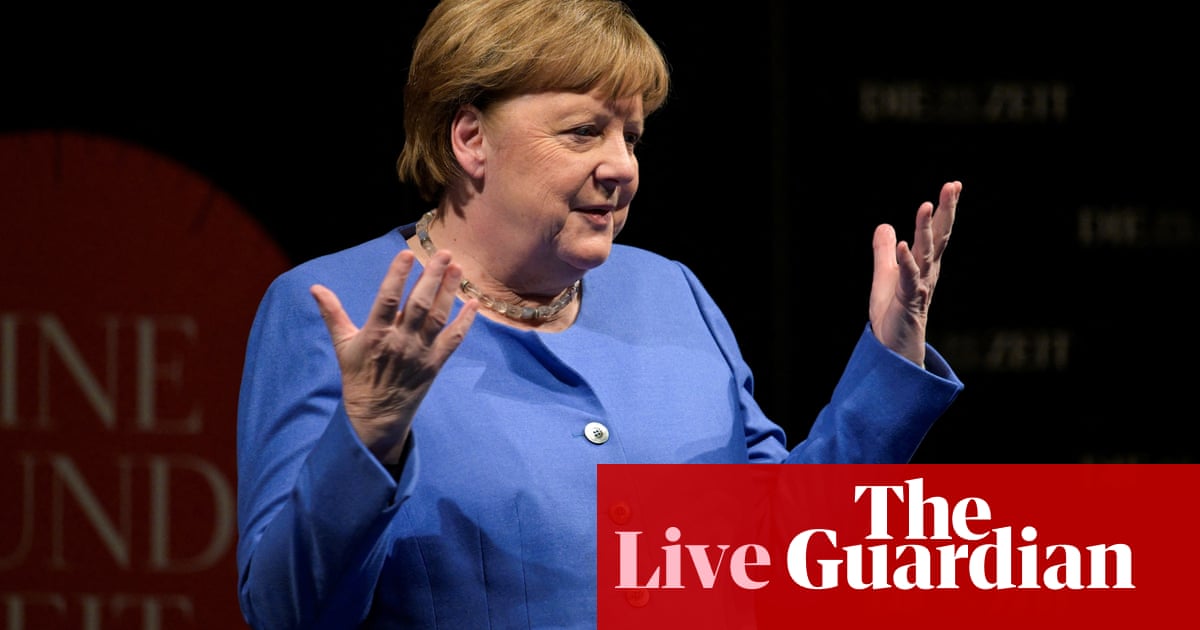The world’s fastest growing major advanced economy last year was most likely Spain. According to preliminary official data for 2024, Spain’s GDP grew by 3.2%, almost five times the eurozone average and more than the US, which did pretty well too. In December, the Economist ranked Spain first among 37 mostly wealthy countries based on five indicators: GDP, stock market performance, core inflation, unemployment and government deficits. Forecasts for 2025 look good.
Why is Spain doing so well? One key reason is immigration. Recent population flows, particularly but not only from Colombia, Venezuela and other Latin American countries, as well as Morocco, have boosted domestic demand and rejuvenated the workforce. According to the main labour national survey, nearly 90% of new jobs were filled by workers of foreign origin or dual nationality. Unemployment is at its lowest level since 2007.
Spain’s growth is driven by a wide range of factors: a booming tourism industry, public investment supported by the EU’s pandemic recovery funds, rising services and industrial exports to the European single market and beyond (especially since 2021), the growth of financial and technology businesses, and low energy costs thanks to Spain’s expansion of renewables. Some of the labour reforms enacted by the centre-left coalition government have also put more money into low-income consumers’ pockets – notably, the steady increase in the minimum wage, which has risen more than 50% since the prime minister, Pedro Sánchez, took office in 2018.
While the weight of each of these factors remains debated, migration is still the most frequently cited reason for Spain’s strong performance and perhaps its most distinctive advantage compared with other countries. Immigration has also visibly changed Spain in recent years, particularly in major cities. Madrid, for instance, now has more than 1 million residents from Latin America – up from just 80,000 only 25 years ago.
Anecdotal evidence shows this transformation. In my own neighbourhood in central Madrid, the most popular bookstore is run by two Argentinian journalists; the cool artisan bakery that keeps expanding was co-founded by a Hungarian woman who moved her business from Budapest. A Latin American evangelical church rents an old adult cinema for its worship and gatherings; a traditional Spanish pastry shop has started selling Venezuelan delicacies next to the long queue that forms every other day outside the consulate. Not far away, a large sign supports the party of the Argentinian president, Javier Milei (with graffiti from his detractors scrawled across it).
Not all the economic data tells a rosy story. Spain still struggles with low productivity, an overreliance on the public sector and low wages (GDP per capita has not grown as much as GDP), even if it has improved in these measures too. Tourism, while a driving force for the economy, has exacerbated housing shortages and fuelled a backlash against visitors, short-term rental platforms and investment funds pushing locals out of the city centres.
Immigration has added to the pressure on affordable housing, with demand outpacing supply as the population grows. Some politicians blame rich Venezuelan and Colombian buyers for the rising prices in the most expensive neighbourhoods of Madrid. And poorer immigrants, particularly those from north African countries, continue to face discrimination and exploitation by unscrupulous and criminal employers or landlords. Meanwhile, regional and national politicians are often locked in disputes over housing migrant minors who have arrived in Spain alone.
Yet despite these challenges, being a richer country, in cash terms and in diversity, is an enviable position in Europe, especially when Spain is compared to struggling economies like those of Germany and Britain.
Stormier times may lie ahead. Some European neighbours remain economically weak, and global demand could shrink if Donald Trump launches a transatlantic trade war. If a crisis of the scale of the 2008 crash were to recur, immigrants could return to their countries of origin, leaving Spain with an ageing population and a dwindling workforce to support pensions and public services.
after newsletter promotion
But for now, even if it is not perfect, Spain stands as a model for how migration can energise an economy and a society. Keir Starmer and other leaders of low-growth economies running out of ideas should take note. Ideological rigidity against foreign-born workers isn’t just xenophobic, it’s economically shortsighted.
-
María Ramírez is a journalist and deputy managing editor of elDiario.es, a news outlet in Spain

 2 months ago
52
2 months ago
52













































